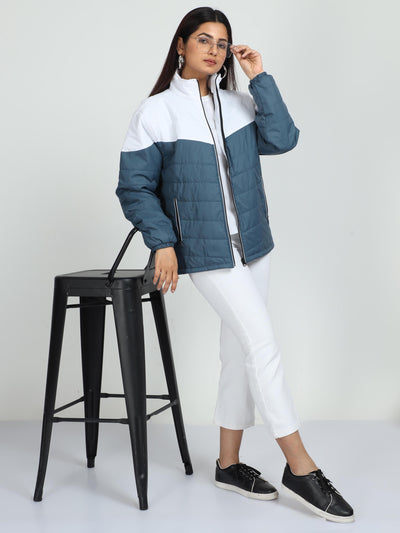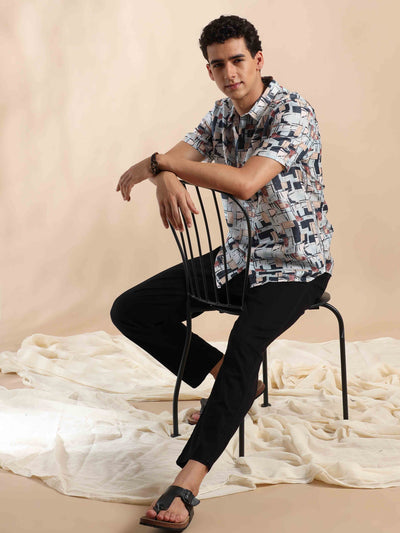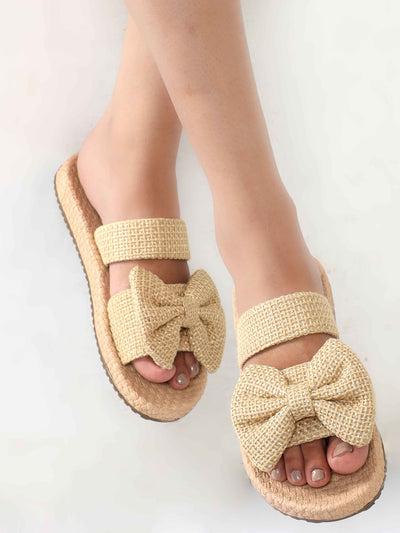When it comes to men's fashion, the shirt is one of the most essential pieces in every wardrobe. Whether you're dressing up for a formal occasion, heading to work, or opting for a casual look, the right shirt can make all the difference. However, with so many options available, from fabric choices to cuts and sizes, it can be difficult to navigate the sea of options. This guide will help you understand the key elements of choosing the perfect men's shirt, including how to find your ideal fit, what to look for in quality materials, and tips for maintaining your shirts so they last longer.
Why Fit Matters: Understanding the Importance of a Proper Fit
The Significance of a Well-Fitting Shirt
A shirt that fits well not only enhances your appearance but also plays a major role in how comfortable you feel. Wearing a shirt that’s too tight or too loose can affect your posture, movement, and overall confidence. A properly fitted shirt, on the other hand, creates a polished look and provides ease of movement, making it a crucial element in both professional and casual settings.
When you get your shirt fit right, it ensures that the shirt complements your body type, highlighting your best features. No matter how stylish the fabric or pattern, if the fit is off, it can ruin the overall aesthetic.
Common Shirt Fit Issues
There are a few common fit issues that many men face, including shirts that are too tight around the chest or shoulders or too loose around the waist. Some shirts also have overly long or short sleeves, which can make them look out of proportion. Identifying these fit problems early on helps in narrowing down your choices and ensures you make better decisions when buying a shirt.
Finding the Perfect Fit: Key Measurements and Considerations
1. Neck Size
The neck measurement is one of the most important factors to consider when selecting a shirt. A shirt that’s too tight around the neck can feel uncomfortable and restrict movement, while one that’s too loose can look sloppy. To measure your neck size, wrap a measuring tape around the base of your neck, ensuring it's not too tight or too loose.
For a comfortable fit, you should be able to fit one finger between the tape and your neck. Most men's shirts are available in standard neck sizes, such as 14-15, 15-16, and so on. Make sure to choose a shirt with a neck size that gives you enough room for comfort without being too big.
2. Chest Size
Chest measurement plays a significant role in ensuring that the shirt fits well and feels comfortable across your torso. To measure your chest, wrap the measuring tape around the fullest part of your chest, just under your armpits. Ensure the tape is snug but not tight, and breathe normally while measuring.
Once you have your chest measurement, check the shirt's size chart for the corresponding chest size. Remember that different brands might have slightly different sizing, so always check the measurements rather than relying on labels.
3. Sleeve Length
Sleeve length is crucial for a neat and tailored look. If the sleeves are too short, they can look unkempt, while overly long sleeves can give an off-putting appearance. To find your sleeve length, start from the center of your back, just below your neck, and measure to your wrist bone with your arm slightly bent. This will give you the correct sleeve length for a proper fit.
4. Shoulder Fit
The shoulder fit is one of the most important parts of a shirt’s overall appearance. A shirt that’s too tight across the shoulders can feel restrictive, while one that’s too loose can look baggy and unrefined. To find the right fit, ensure that the seam of the shirt’s shoulder aligns with the edge of your shoulder bone.
A well-fitted shirt will allow for a full range of motion while maintaining a sharp look. If you have broader shoulders, opt for a shirt with a slightly roomier cut across the chest and shoulders.
5. Waist Fit
A shirt that’s too loose around the waist will hang awkwardly, while one that’s too tight will leave you uncomfortable. Finding the right balance is key. To ensure the shirt fits well at the waist, choose a shirt that tapers slightly to create a streamlined look without clinging to your body. If you're unsure, a slim-fit shirt is a good choice for a sharp, modern look.
Caring for Your Men's Shirts: Tips for Longevity
1. Washing and Drying
To ensure your shirt lasts longer, always follow the care label instructions. For cotton shirts, washing in cold water is ideal to avoid shrinkage. Linen shirts require gentle care and should be hand-washed or machine-washed on a delicate cycle. Use a mild detergent and avoid using bleach, as it can damage the fabric.
When drying shirts, air-drying is the best option. If you must use a dryer, set it to low heat to prevent shrinking and fabric damage. Iron your shirt while it’s still slightly damp for the best results.
2. Storing Shirts
Store your shirts properly to prevent wrinkles and preserve their shape. For shirts with collars, use a hanger to avoid creases. Fold other shirts neatly and place them in a drawer to keep them organized. Always make sure the shirts are completely dry before storing them to prevent mildew.

How to Style Your Shirt: Simple Tips for Every Occasion
1. Casual Look
For a casual day out, opt for well-fitted casual shirts for men with a pair of jeans or chinos. You can roll up the sleeves for a more relaxed feel and add a pair of sneakers to complete the look.
2. Office Look
For the office, choose a crisp, button-up shirt in a neutral color like white, blue, or gray. Pair it with tailored trousers and dress shoes. A blazer can elevate the look further for more formal work environments.
3. Formal Look
For formal occasions, opt for a dress shirt made of high-quality fabric like cotton or silk. Pair it with a suit or tuxedo for a sophisticated and elegant appearance.
5 Frequently Asked Questions About Men's Shirts
1. What is the difference between a slim-fit and regular-fit shirt?
Slim-fit shirts are designed to have a closer fit to the body, creating a sleek and modern look. Regular-fit shirts have more room around the chest, waist, and shoulders, offering a more traditional and relaxed fit.
2. How can I prevent my shirt from shrinking?
To prevent shrinking, always follow the care instructions on the label. Wash your shirts in cold water, and avoid using high heat in the dryer. Air-drying shirts is the best way to prevent shrinkage.
3. Can I wear a shirt without ironing it?
If your shirt is made of wrinkle-resistant fabric like polyester or a cotton blend, you may not need to iron it. However, shirts made from natural fibers like linen may require ironing to maintain a neat appearance.
4. How do I know if a shirt is too tight or too loose?
A shirt is too tight if it feels restrictive around the chest, shoulders, or neck. If it’s too loose, it will hang away from your body and look baggy. A well-fitted shirt should be comfortable without being overly tight or loose.
5. What should I do if I can’t find my perfect fit?
If you can’t find the perfect shirt size, consider getting one tailored. A tailor can adjust the shirt to fit your body better, ensuring it looks sharp and feels comfortable.
Choosing the perfect half sleeve shirts mens is about understanding your body and fabric preferences. From neck size to sleeve length, ensuring each measurement is accurate will guarantee a shirt that fits well and enhances your appearance. Consider the fabric for both comfort and functionality, and always care for your shirt properly to ensure longevity. With these tips, you’ll be able to find the perfect fit and style of shirt for any occasion.





